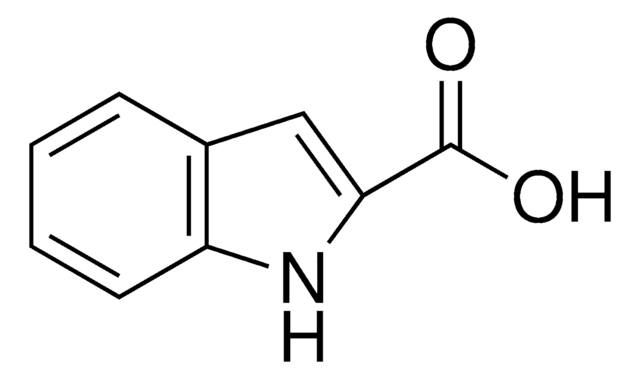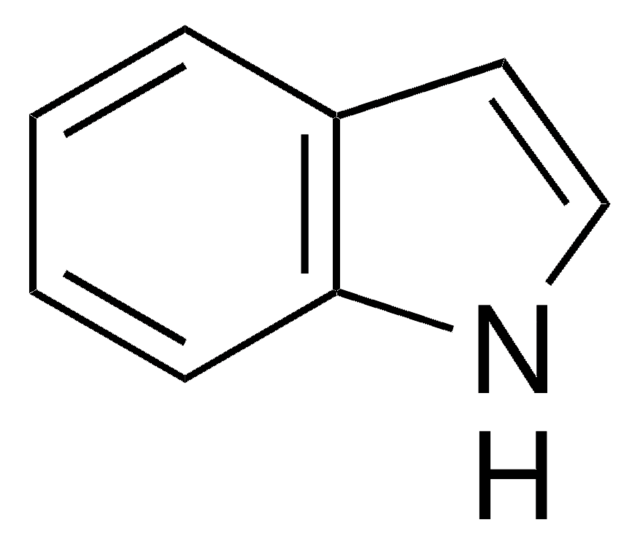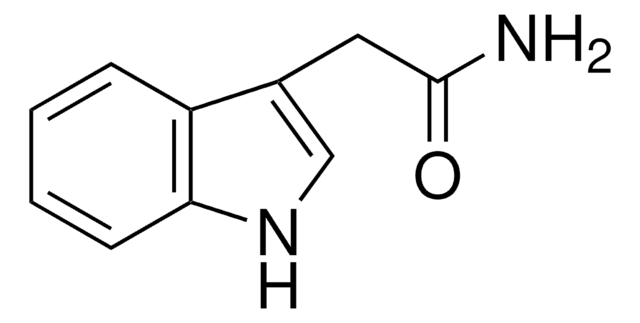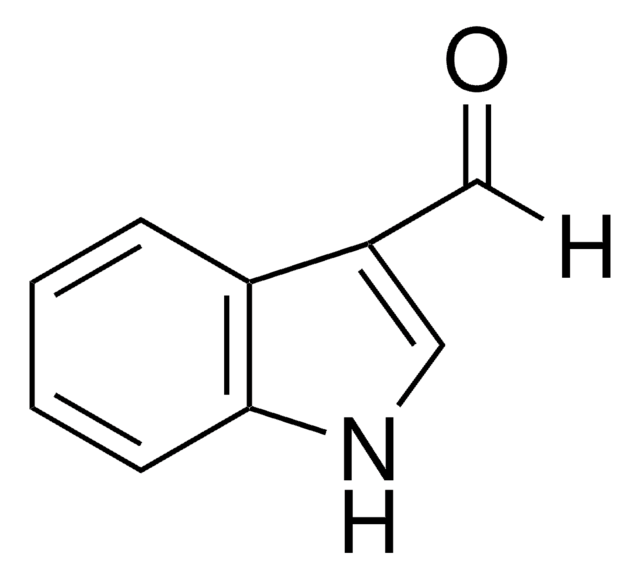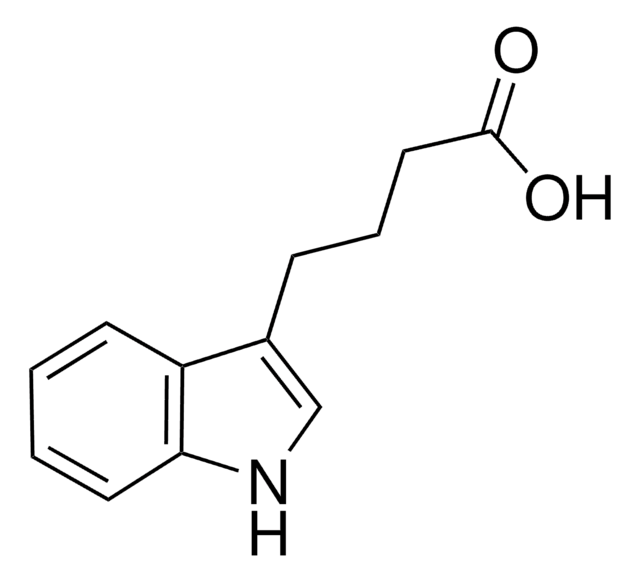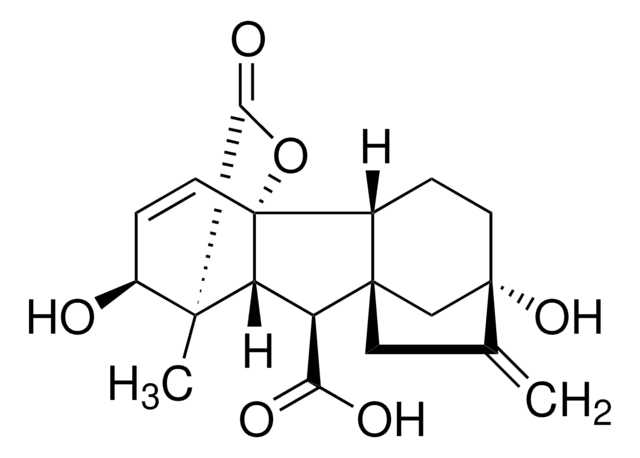Kluczowe dokumenty
About This Item
Polecane produkty
opis
AldrichCPR
Formularz
solid
ciąg SMILES
OC(CC1=CC(C=CC=C2)=C2N1)=O
InChI
1S/C10H9NO2/c12-10(13)6-8-5-7-3-1-2-4-9(7)11-8/h1-5,11H,6H2,(H,12,13)
Klucz InChI
QOPBEBWGSGFROG-UHFFFAOYSA-N
Inne uwagi
NIEZALEŻNIE OD JAKICHKOLWIEK POSTANOWIEŃ PRZECIWNYCH ZAWARTYCH W STANDARDOWYCH WARUNKACH SPRZEDAŻY FIRMY SIGMA-ALDRICH LUB UMOWIE ZAWARTEJ MIĘDZY FIRMĄ SIGMA-ALDRICH A KUPUJĄCYM, FIRMA SIGMA-ALDRICH SPRZEDAJE NINIEJSZY PRODUKT "TAKI, JAKI JEST" I NIE SKŁADA ŻADNYCH OŚWIADCZEŃ ANI NIE UDZIELA ŻADNYCH GWARANCJI W ODNIESIENIU DO TEGO PRODUKTU, W TYM ŻADNYCH (A) GWARANCJI PRZYDATNOŚCI HANDLOWEJ, (B) GWARANCJI PRZYDATNOŚCI DO OKREŚLONEGO CELU LUB (C) GWARANCJI NIENARUSZANIA PRAW WŁASNOŚCI INTELEKTUALNEJ OSÓB TRZECICH, NIEZALEŻNIE OD TEGO, CZY WYNIKA TO Z PRZEPISÓW PRAWA, PRZEBIEGU TRANSAKCJI, SPOSOBU DZIAŁANIA, ZWYCZAJU HANDLOWEGO LUB W INNY SPOSÓB.
Hasło ostrzegawcze
Warning
Zwroty wskazujące rodzaj zagrożenia
Zwroty wskazujące środki ostrożności
Klasyfikacja zagrożeń
Eye Irrit. 2 - Skin Irrit. 2 - STOT SE 3
Organy docelowe
Respiratory system
Kod klasy składowania
11 - Combustible Solids
Klasa zagrożenia wodnego (WGK)
WGK 3
Temperatura zapłonu (°F)
Not applicable
Temperatura zapłonu (°C)
Not applicable
Wybierz jedną z najnowszych wersji:
Certyfikaty analizy (CoA)
It looks like we've run into a problem, but you can still download Certificates of Analysis from our Dokumenty section.
Proszę o kontakt, jeśli potrzebna jest pomoc Obsługa Klienta
Masz już ten produkt?
Dokumenty związane z niedawno zakupionymi produktami zostały zamieszczone w Bibliotece dokumentów.
Klienci oglądali również te produkty
Global Trade Item Number
| SKU | GTIN |
|---|---|
| CDS021628-25MG | 4061828994021 |
Nasz zespół naukowców ma doświadczenie we wszystkich obszarach badań, w tym w naukach przyrodniczych, materiałoznawstwie, syntezie chemicznej, chromatografii, analityce i wielu innych dziedzinach.
Skontaktuj się z zespołem ds. pomocy technicznej
